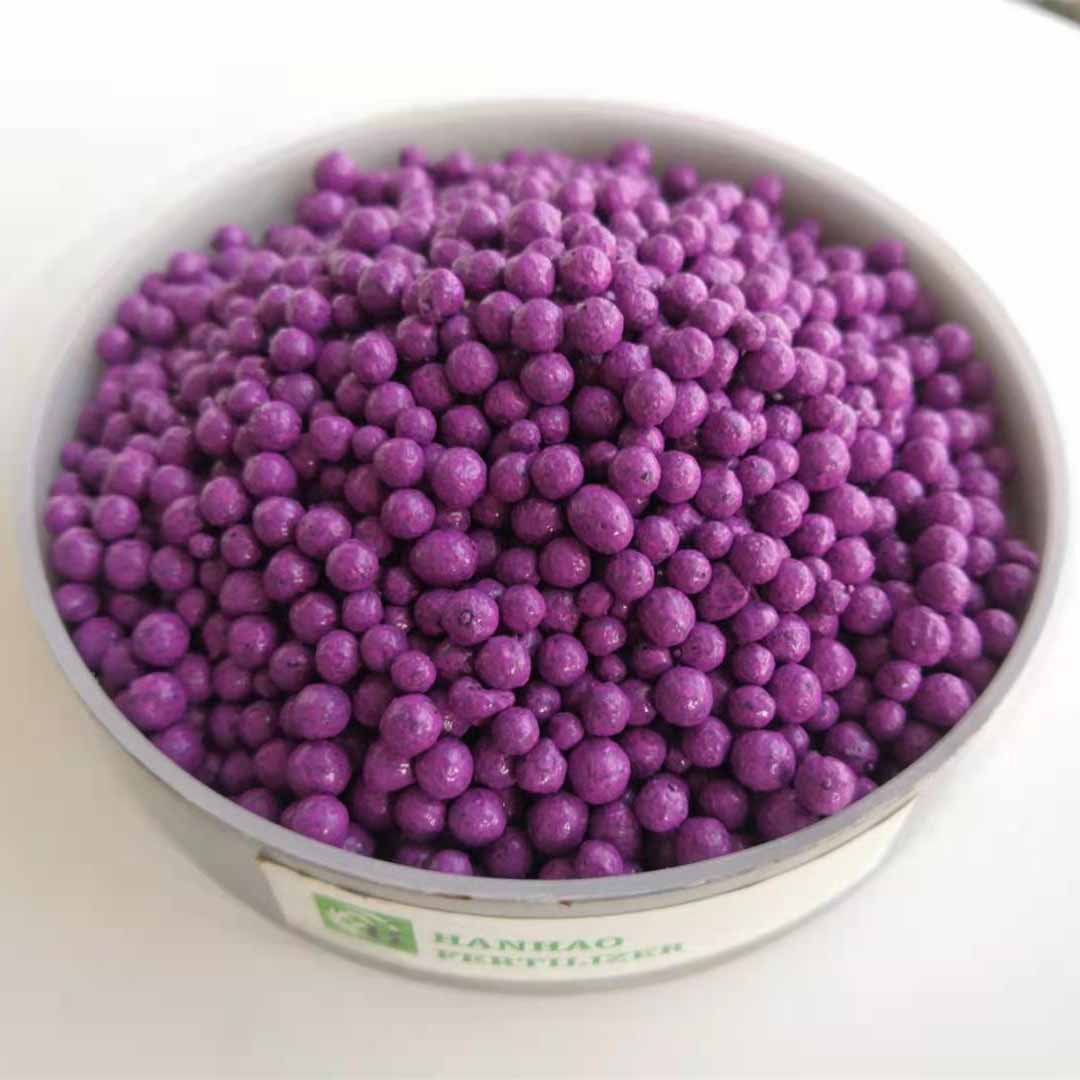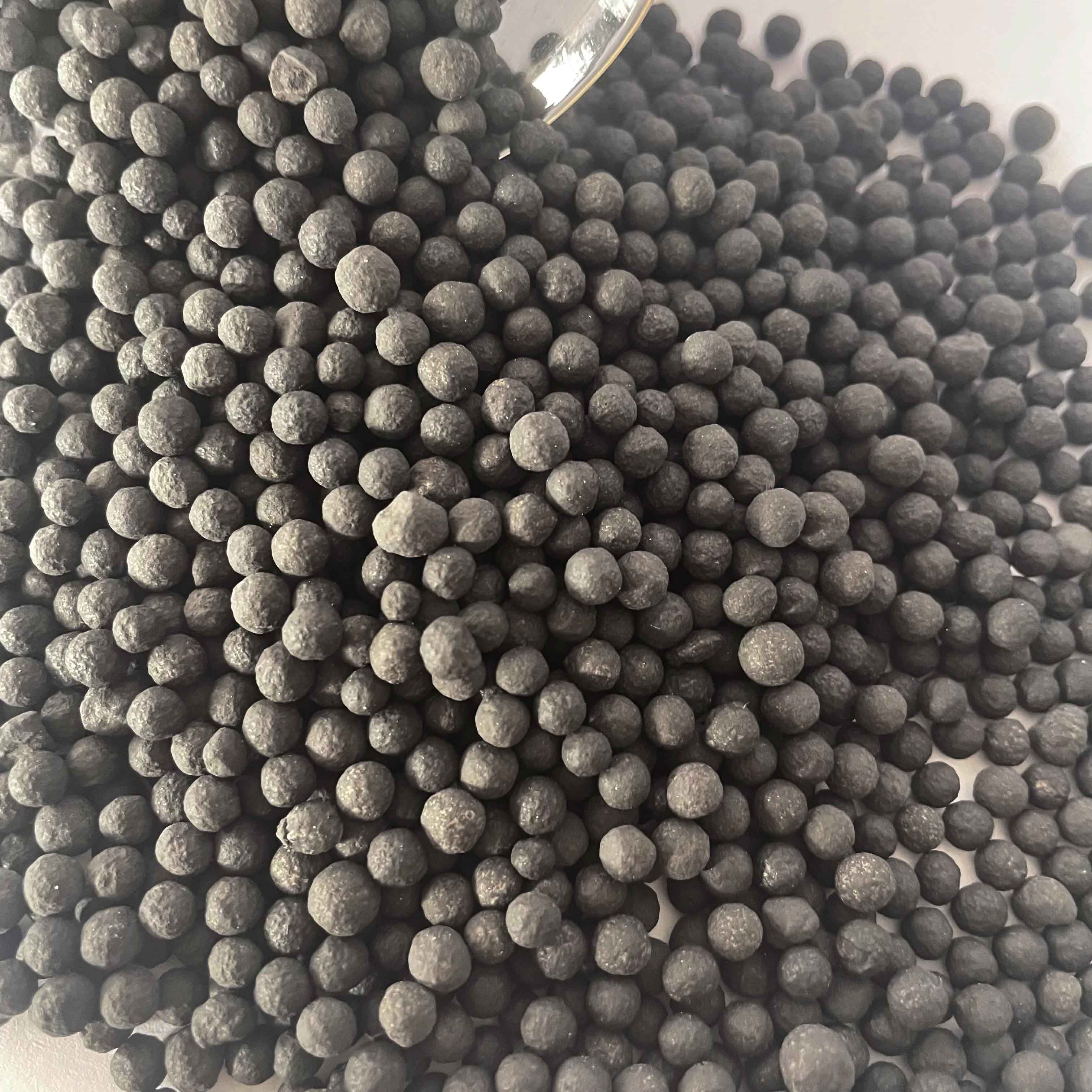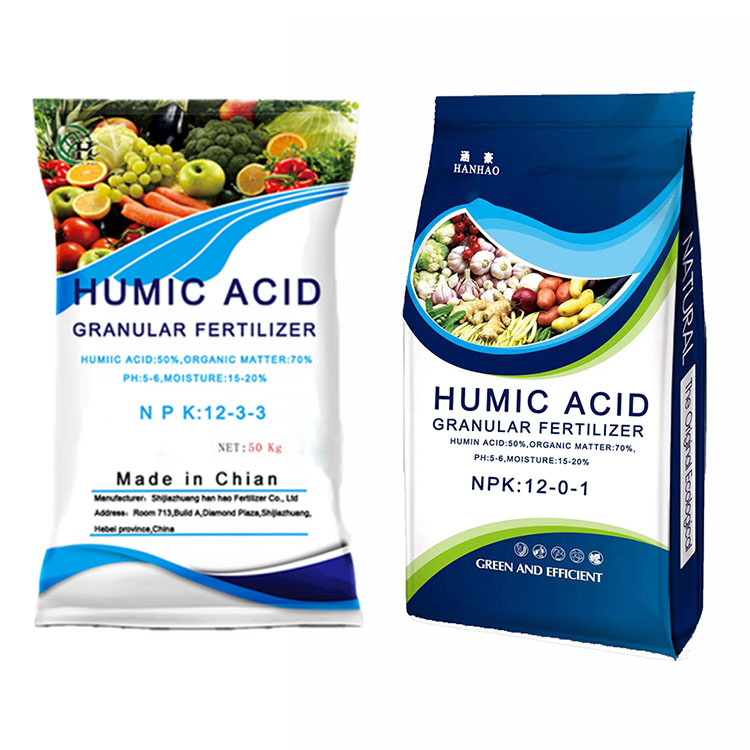
Oct . 07, 2025 08:20 Back to list
Amino Acid Fertilizer + Humic & NPK—Grow Faster?
Amino Humic Shiny Ball: the soil-first approach growers keep asking me about
If you’ve been scanning the shelves for a smarter amino acid fertilizer, you’ve probably noticed a shift: growers want biological lift without ditching consistency. HanHao’s Amino Humic Shiny Ball comes up in those conversations a lot. It’s made in A-713, Zhengyang City Square, Chang’an District, Shijiazhuang, Hebei, China—worth noting for logistics and origin transparency.

Why it’s trending
Two currents are driving attention: soil health economics and compliance. Biostimulant-style inputs that improve CEC and root vigor are pairing with conventional NPK to buffer stress (heat, salinity, disease pressure). Meanwhile, EU FPR rules have nudged vendors to get serious about labeling and testing. Honestly, a slow-dissolving prill that feeds the rhizosphere over weeks—without clogging fertigation filters—hits a sweet spot.

How it works (and what’s inside)
Amino Humic Shiny Ball combines humic substances (for structure, chelation) with amino acids (for metabolic signaling and uptake efficiency). The prill dissolves slowly, so roots “sip” rather than “gulp,” which, in fact, many customers say smooths growth curves and reduces burn risk.
| Parameter | Typical spec (≈) | Method/Standard |
|---|---|---|
| Humic substances (dry basis) | 30–60% | IHSS reference; UV–Vis |
| Free amino acids | 8–18% | Ninhydrin/OPA, HPLC |
| Total N | 5–12% | AOAC Kjeldahl |
| Moisture | ≤10% | Gravimetric |
| Granule size | 2–5 mm prills | Sieve analysis |
| pH (1:5 H2O) | 6.0–8.0 | Potentiometric |
| Release profile | Slow-dissolve, 6–10 weeks | Soil column test |
Specs are indicative; confirm with current COA. Real-world use may vary with soil texture, temperature, and biology.

Process flow and QA
Materials: oxidized lignite/leonardite (humic source), plant/animal-derived amino acids. Methods: extraction, blending, prilling for “shiny” sphericity, and low-dust finishing. QC Gateways: total N by AOAC; ash, moisture; particle strength; heavy metals screening aligned with local regs; germination index bioassay. Service life in soil: typically 1–2 months release, with residual humic benefits longer. Industries served: open-field crops, orchards, greenhouse vegetables, turf, and landscaping.

Application scenarios and advantages
- Basal application: 150–400 kg/ha pre-plant in row bands; balances structure and starter nutrition.
- Side-dress/top-dress: 50–150 kg/ha at vegetative peak; plays nicely with urea/urea-ammonium-nitrate.
- Greenhouse/bed mixes: blended into substrates to reduce transplant shock.
- Salinity or heat stress windows: acts as a buffer; users report steadier white root growth.
Advantages I’ve observed (and heard repeatedly): improved crumb structure, better chelation of micronutrients, more uniform fruit set, and less “flush-crash” growth. It’s still a amino acid fertilizer—not a silver bullet—but the humic synergy is the draw.

Vendor comparison (quick reality check)
| Vendor | Transparency | Declared Humic+AA | Certs | Customization |
|---|---|---|---|---|
| HanHao (Amino Humic Shiny Ball) | Factory address disclosed | Yes, with COA | Requests for ISO/QC docs supported | Granule size, formula, packaging |
| Generic trader | Mixed | Sometimes | Varies | Limited |
| Local blender | High (local visits) | Varies by feedstock | Local compliance | Good for small batches |
Tip: always request third-party lab data for any amino acid fertilizer, especially if you’re chasing premium crops.
Customization, feedback, and field notes
Customization usually centers on N% and prill size (2–4 mm for blends; 4–5 mm for standalone). Packaging with private label is common. Feedback from vegetable growers is that root “whitening” is visible within 10–14 days; orchard managers like the steadier flower-to-fruit transition. In one dealer’s demo plots, tomatoes saw ≈5–12% yield uplift versus control, based on farm logs—your mileage, as always, may vary.

Compliance and testing
Ask for COA aligned with AOAC for nitrogen, plus heavy metal screening and label conformity per your market (EU 2019/1009 is the big one there). A quality-managed plant (ISO 9001) won’t guarantee results, but it keeps process drift in check. It seems boring—until it isn’t.
Authoritative citations
-
Sustainable Growth with Organic Phosphate Fertilizer | Benefits & Innovations
NewsNov.24,2025
-
Organic Phosphorus and Potassium Fertilizer: Sustainable Soil Nutrition & Global Impact
NewsNov.24,2025
-
Organic Phosphorus Fertilizer: Sustainable Nutrient Solutions for Modern Agriculture
NewsNov.23,2025
-
Sustainable Growth with Organic Phosphorus Plant Fertilizer | HH Fertilizer
NewsNov.23,2025
-
Organic Plant Meal Fertilizer for Sustainable Agriculture – Benefits & Innovations
NewsNov.22,2025
-
Organic Plant Root Fertilizer – Sustainable Solutions for Healthy Soils & Stronger Plants
NewsNov.22,2025
